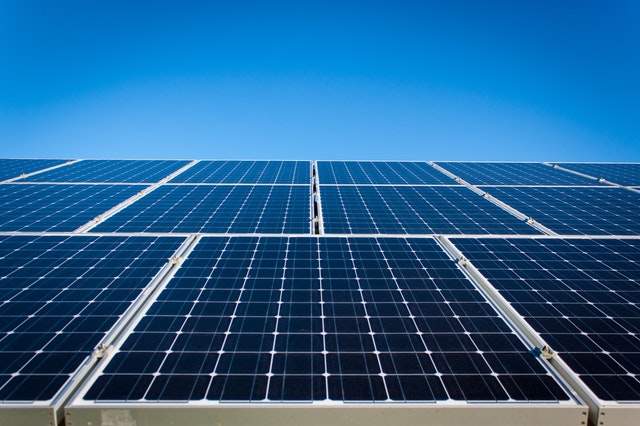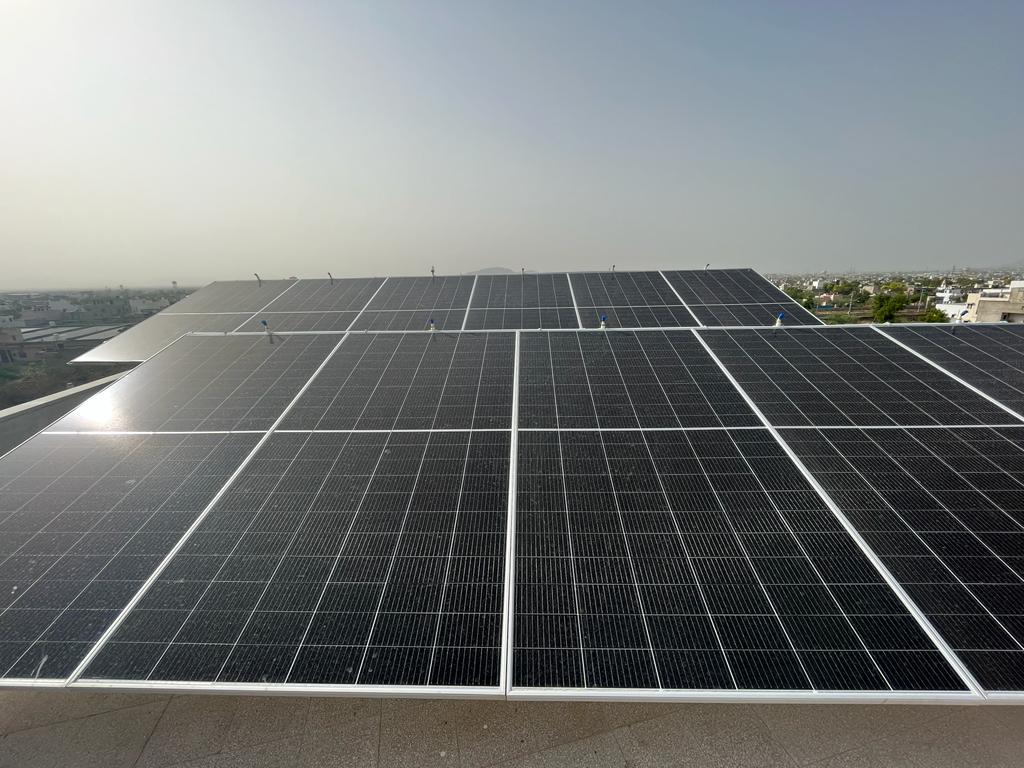Several factors have contributed to the slow adoption of RTPV in India, including:
- Cost of generation: Solar rooftop deployment is accomplished by thousands of consumers installing these systems on their property. These systems are typically small, with higher deployment costs (compared to ground-mounted systems), and with higher transaction costs for financing and installation. In the current regulatory framework, RTPV is economically viable mostly for high tariff paying consumer categories such as commercial and industrial (C&I) (Josey et al. 2018; Jaiswal et al. 2017). Residential consumers usually pay much lower tariffs, making RTPV less attractive to them (Patel et al. forthcoming). Higher transaction costs coupled with limited understanding of the technology and quality of the system, further act as deterrents to residential consumers who own a significant portion of rooftop space. In some cases, capital subsidies (central financial assistance) available as an incentive to residential consumers have exacerbated issues due to delayed disbursement, complex procedures, intermittent availability and long pending overdues.
- Institutional financing: Most banks either do not want to fund such small transactions or lack familiarity with the technology to feel comfortable financing RTPV systems. These systems are often owned by third-party developers or financed through personal savings, making it challenging to deploy RTPV at scale
- Utility caution and cumbersome deployment process: To date, most rooftop systems in India are deployed by C&I consumers (Bridge to India 2019). These consumers also contribute to a high percentage of the margins and revenues of the distribution utilities. Utilities perceive this as a potential revenue loss and are not incentivized to develop a streamlined process (Jaiswal et al. 2017). Utilities would benefit from additional PV technology capacity building and training, especially regarding the safety requirements on the DC side.
- Complexity and lack of standards: The complexity of the installation process, the large number of system components, the wide range in quality of available options, and the limitations in defining a single national standard for these systems are barriers to the deployment of high-quality RTPV installations. Most consumers are unable to effectively evaluate the quality of these installations to make informed decisions.
- Quality and safety: Stakeholders have limited understanding of the quality and safety requirements associated with RTPV and this further complicates the adoption process. Furthermore, quality and safety considerations are particularly important to facilitate lender confidence in this investmentintensive sector. For example, a significant portion of the overall life cycle costs come as an up-front investment during the deployment of the systems. To recover the investment, it is critical that the systems perform as expected. The success and sustainability of these investments, as well as the achievement of national renewable energy targets, depend to a large extent on the performance of these systems which, in turn, depends upon the quality of the systems, their components, the workmanship during installation, operations and maintenance during the life of the system, and the safety of the financed energy systems.
Over the past few years, the drastic reduction in the cost of solar coupled with a supply glut in the market has led to a suppliers’ competition. This has forced engineering, procurement, and construction (EPC) contractors, installers, and suppliers to cut prices to win orders—often sacrificing basic quality and safety requirements. EPC contractors and installers may compromise on the quality of the components, the systems, and the workmanship to keep costs low. This has created a certain amount of scepticism in the market on the long-term performance and sustainability of the systems. To ensure the long-term health of the sector, grow the market, and achieve India’s ambitious policy targets, there is a need for a system that facilitates quality in these solar rooftop systems, especially for residential consumers who will make up the bulk of the market in the future and who are most at risk.
 VOLT
VOLT
